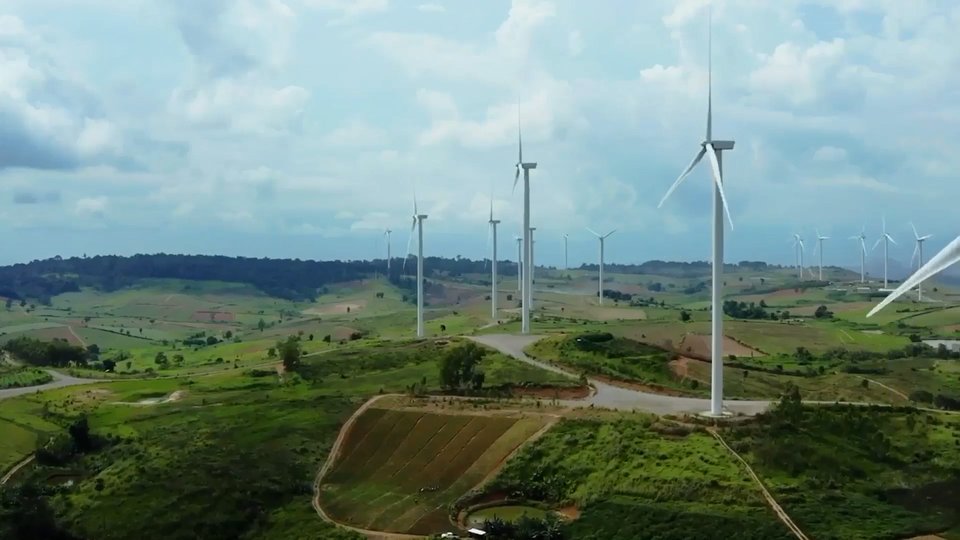"Humans are also bioluminescent. Especially as I get older.”
There are living beings who use light to communicate, who turn on their own light in the dark, and even unknowingly generate light in their cells. Science, as always, has found its use.

The firefly is probably the most well-known living bioluminescent. How does it create light?
Bioluminescence is the light produced by living things. There is an enzyme that, as a result of a reaction, is able to emit light. The enzyme luciferase. It is a widely used enzyme for biochemical researchers. If a certain reaction occurs, it emits photons, light, and therefore, in biochemistry, it is used to detect many things.
This enzyme has a worldwide name, luciferase
It produces it by oxidizing a molecule called luciferin. But human metabolism can also produce light without the need for this enzyme. It produces photons, biophotons.
Do you mean humans are bioluminescent?
Yes, humans are also bioluminescent. We're emitting photons.
But when we walk down the street at night, they don't see us in the dark. I wouldn't say I'm bioluminescent.
If you are, the fact is that we emit little light, at low intensity. It is called low-intensity photon emission. Tens of photons per second, we emit at most hundreds of photons per square centimeter of our body. That's too low. I don't know how many photons a firefly emits, but a lamp emits millions of photons. Therefore, low-intensity detection is very difficult.
Buletina
Bidali zure helbide elektronikoa eta jaso asteroko buletina zure sarrera-ontzian










